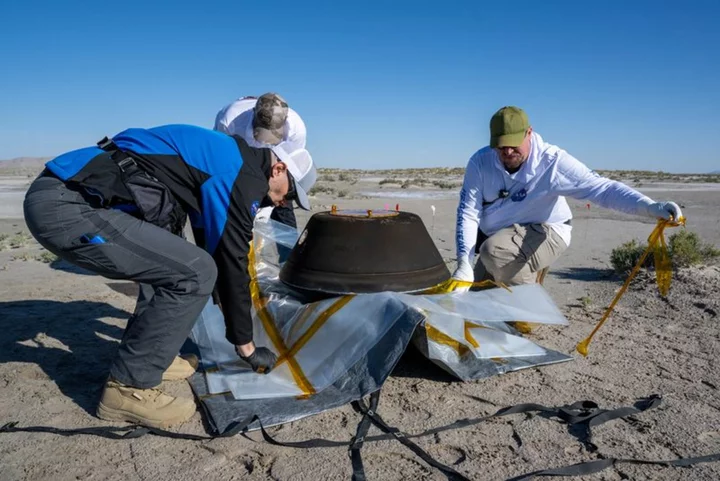
NASA's first asteroid sample parachutes into Utah desert
By Steve Gorman and Maria Caspani (Reuters) -A NASA space capsule carrying the largest soil sample ever scooped up from
2023-09-25 03:52

NASA's first asteroid sample on track for Sunday parachute landing in Utah
By Steve Gorman LOS ANGELES A NASA space capsule carrying a sample of rocky material plucked from the
2023-09-23 21:59

September Supermoon: When is it and how to view it?
The world is about to see the last Supermoon of the year. When the full Moon rises on 28 September, it will be bigger and perhaps brighter than usual, because it is relatively close to the Earth. Our nearest neighbour will be a mere 361,552km away. That compares with the average distance of 384,472km. Its relative proximity means that the Moon will appear larger and more clearly in the sky than usual, and can provide an exciting opportunity for people to get a good look at our satellite. Doing so is easier than with many other celestial phenomena: you can simply look up at the sky, and see whether you can spot the difference in the Moon’s size, though looking through telescopes or binoculars could provide a good look at its surface. It is best seen at Moonrise, when it begins to rise over the horizon. The other objects in front of it will help provide a sense of scale and can make the Moon look larger than normal. This month’s Moon is also known as the Harvest Moon, so named because it comes closest to the start of Autumn. As well as coming around harvest season, the bright reflections from the Moon can be a helpful way of working into the night. There is no formal definition of a Supermoon, and some astronomers have suggested that they are overhyped. What’s more, not all Supermoons are equal, and the lack of definition means that the word can be used for moons that are only slightly closer than normal. But they can bring significant increases in the amount of light that appears on Earth: Supermoons cast about 30 per cent more light than when the Moon is at its dimmest, according to the Natural History Museum. The museum’s planetary science researcher Sara Russell also noted that the Moon is actually moving slowly away from Earth. That means that what we call a Supermoon today was actually just the normal Moon a billion years ago. This year has been a busy one for fans of the Moon. Last month, for instance, also saw a supermoon – which also happened to collide with a Blue Moon, for the last time this decade. Read More MPs ask if Elon Musk ‘personally intervened’ on Russell Brand’s status on X Starship rocket launch window revealed by FAA India’s solar mission completes key manoeuvre, slingshots towards Sun
2023-09-21 18:23

Taylor Swift: Australia to host academic conference on pop icon
The event will explore the megastar's impact on culture and the music industry.
2023-09-21 15:55

South Korea raids US military bases in drugs probe
Some 17 soldiers and five other people allegedly smuggled or used synthetic marijuana via military mail.
2023-09-21 13:29

Elon Musk woos world leaders, courting controversy
Foreign leaders visiting the US are more enthusiastic than ever to meet with the world's richest man.
2023-09-20 07:58
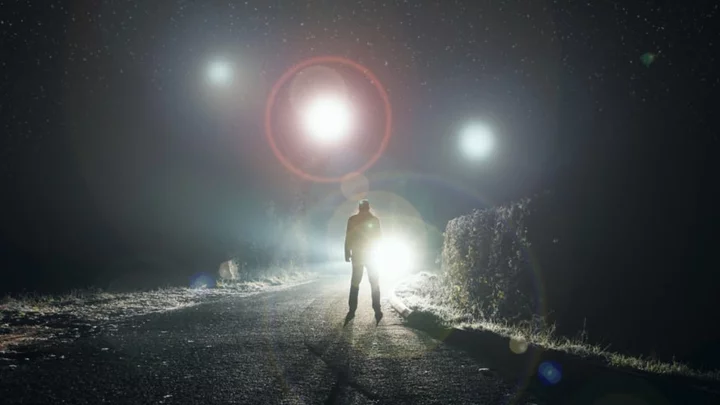
NASA Is Finally Looking Into UFOs
The space agency now has an official division for investigating reports of flying objects.
2023-09-19 03:29
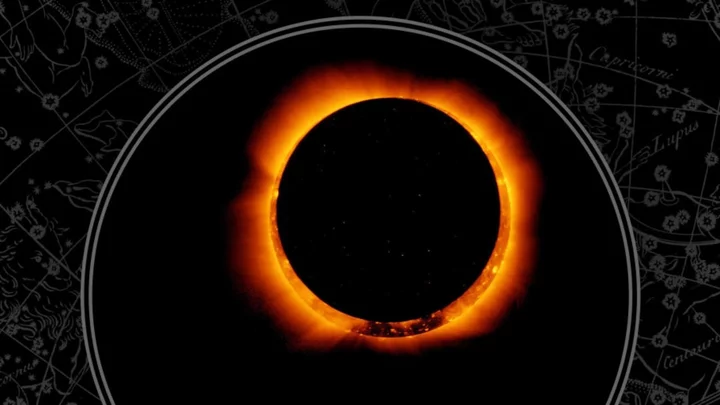
See an Annular Solar Eclipse Cast a “Ring of Fire” in October’s Sky
In October, catch this special type of solar eclipse that occurs only once every year or two.
2023-09-19 01:29
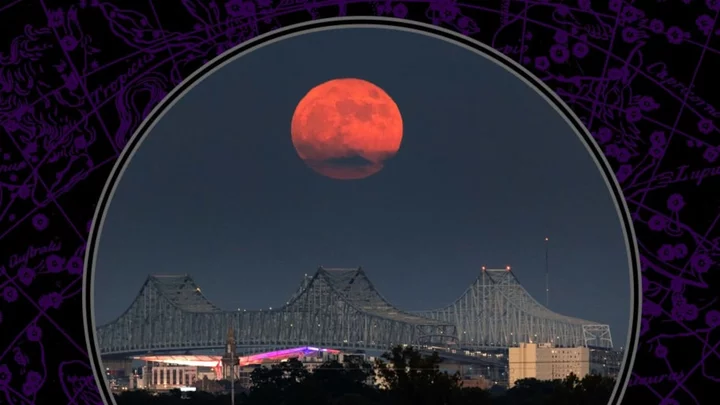
The Harvest Moon, the Final Super Moon of the Year, is Coming in Late September
The harvest moon is the full moon that falls closest to the fall equinox, and this year, it’s also a super moon.
2023-09-19 00:18

Nasa boss says he believes in aliens during UFO hearings
Nasa’s chief says he believes that aliens are real and waiting to be found. Bill Nelson was speaking after the publication of a report by a panel assembled to look into Unidentified Anomalous Phenomena (UAPs), the official names for UFOs, or unexplained objects spotted in the sky. That report found that while some UAPs remain unexplained, more data is found to understand where they have come from. Mr Nelson said that his “personal answer” is that there are vast numbers of inhabited planets throughout the universe. “With the James Webb [telescope] looking at the exoplanets, we are now beginning to discover, and somewhere out there we will discover, another medium-sized stony planet around a medium-sized sun or star at just the right distance... that has carbon, that will have a habitable atmosphere,” he said. “If you ask me do I believe there’s life in a universe that is so vast that it’s hard for me to comprehend how big it is, my personal answer is yes. But I asked some of our scientists: What is the mathematical probability that there is life out there in the universe? And if you calculate in billions of stars in billions of galaxies that there’s replicated in what I just said, another stony planet, the answer was ‘at least a trillion’. That’s from our scientists.” Read More Watch live: Nasa announces findings of long-awaited UFO study We cannot yet explain mysterious sightings in the sky, Nasa panel says Nasa’s UFO study team reveals first ever report: Live updates
2023-09-14 22:51
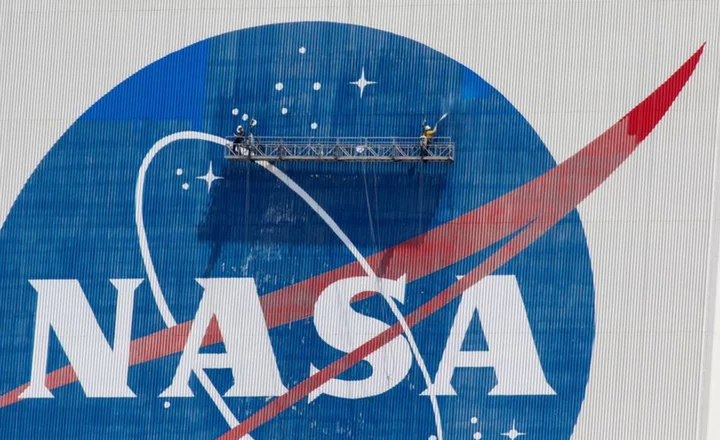
NASA to name new chief of UFO research as panel urges more study
By Joey Roulette WASHINGTON (Reuters) -NASA on Thursday said it is naming a new director of research into what the
2023-09-14 22:24
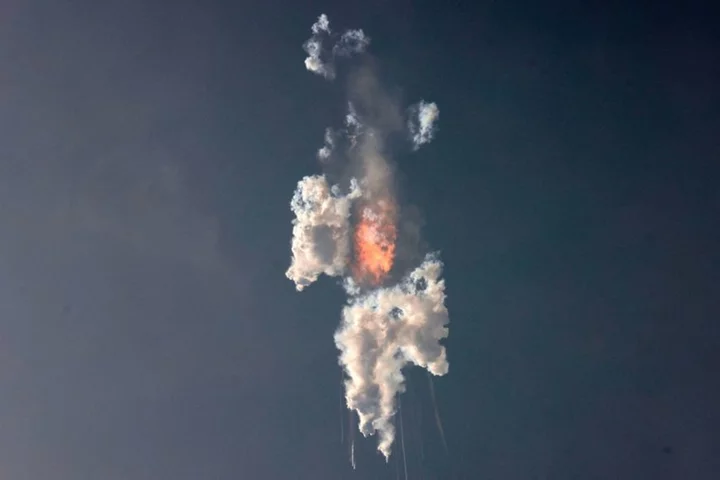
FAA could advance SpaceX Starship license as soon as October
WASHINGTON The acting head of the Federal Aviation Administration said on Wednesday the agency could advance the SpaceX
2023-09-14 05:19
